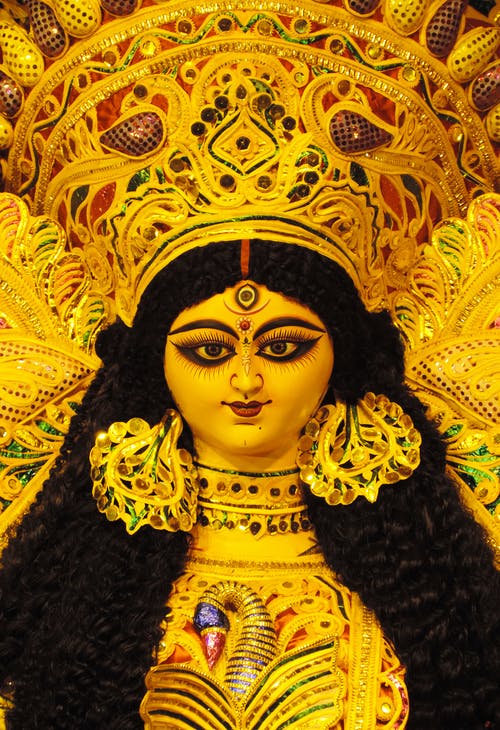From December 13 to 18, 2021, the 16th session of UNESCO’s Convention on the Safeguarding of Intangible Cultural Heritage was held in Paris, France. The International Committee in charge of the convention has chosen ‘Durga Puja in Kolkata’ to be on the representative list of
Intangible Cultural Heritage of Humanity.
History
UNESCO, determined to define, conserve, and preserve the world’s cultural and natural assets, started an international convention known as the Convention Concerning the Protection of the World Cultural and Natural Heritage in 1972.
As a part of this convention, UNESCO safeguards both tangible (material/physical/tactile) and intangible (non-physical) cultural heritage.
Tangible cultural heritage refers to structures, monuments, and other physical or tangible results of human creativity that have cultural importance.
Oral traditions, performing arts, local knowledge, and traditional skills, on the other hand, are examples of intangible heritage.
Preservation and conservation of tangible and intangible heritage require different approaches. For example, you can preserve a technique of weaving. But how do you preserve the way rangolis are made? Or, as in this case, how Durga Poojo is conducted? Or, the tradition of Latthmaar Holi in Barsana, which happens only once a year?
As a result, a separate Convention for the Protection of Intangible Cultural Heritage was held in 2003.
This UNESCO Convention was also signed by India.
Why was Durga Puja chosen?
Durga Puja is a ten-day celebration held each year to honour the Hindu mother-goddess Durga. It is observed around September or October, most notably in Kolkata, West Bengal, but also in other regions of India and among the Bengali diaspora (people) worldwide.
Starting many months before the festival, artists begin to sculpt idols of Goddess Durga using unfired clay taken from the River Ganga. The celebrations begin on the first day of Mahalaya (an auspicious day in the Hindu calendar) when eyes are painted onto clay figures to bring the deity to life.
Mahalaya is the day that goddess Durga descended to earth.
Poojo comes to an end on the tenth day, when the idols are immersed into the river, marking the return of Durga after defeating the Demon Mahishasura. During the 10-day festival, the idols are installed in marquees (large tents used for social or commercial functions), accompanied by traditional Bengali drumming and worship.
Durga Puja is primarily a religious event, but it also includes dance, music, crafts, rituals, practises, food, and cultural elements. In its celebration, people of different faiths, castes, creeds, and economic backgrounds come together.
Other Intangible Cultural Heritage from India
With the addition of Durga Puja in Kolkata to the list, India now has 14 Intangible Cultural Heritage elements inscribed by UNESCO. The other 13 are:
• Kutiyattam – sanskrit theatre,
• The oral tradition of vedic chanting,
• Ramlila – the traditional performance of the Ramayana,
• Ramman – religious festival and ritual theatre of the Garhwal Himalayas,
• Chhau dance,
• Kalbelia folk songs and dances of Rajasthan,
• Mudiyettu – ritual theatre and dance drama of Kerala,
• Buddhist chanting of Ladakh,
• Sankirtana – ritual singing, drumming and dancing of Manipur,
• Traditional brass and copper craft of utensil making among the Thatheras of Jandiala Guru
in Punjab,
• Navroz (Parsi New Year celebrations)
• Yoga, and
• Kumbh Mela
Image Credits: All images from CC0 sources.















